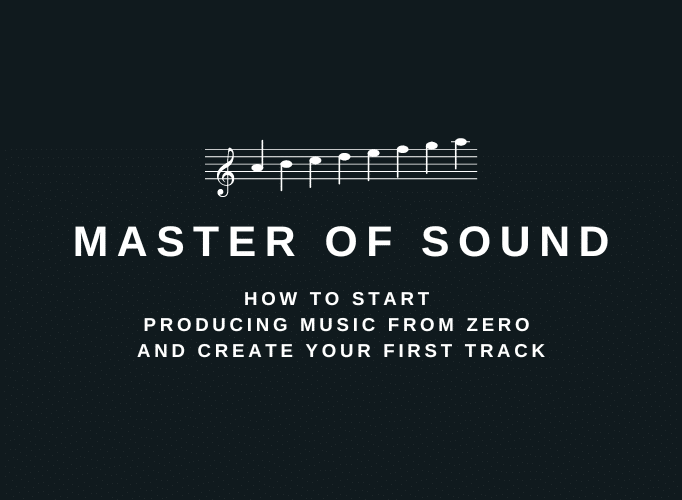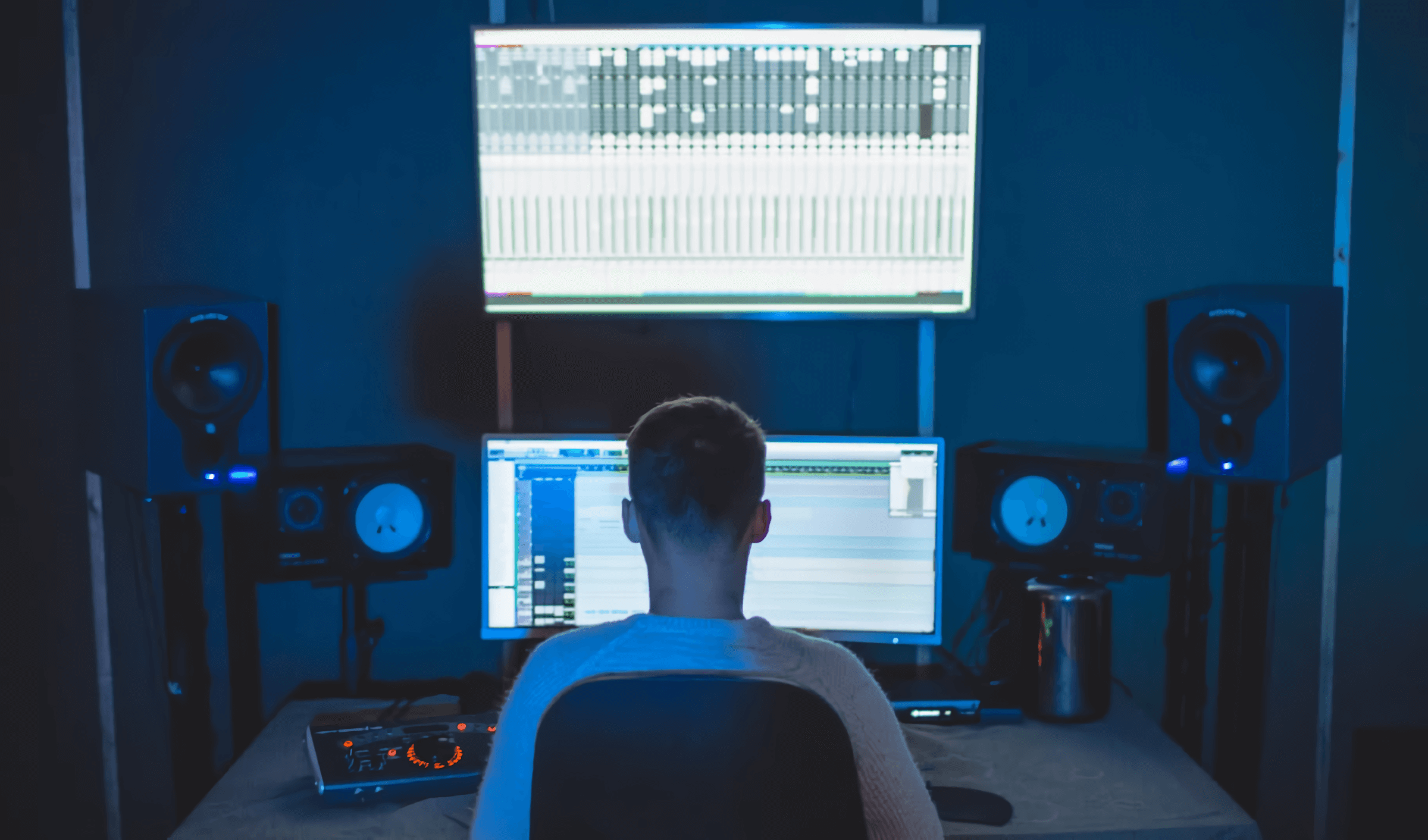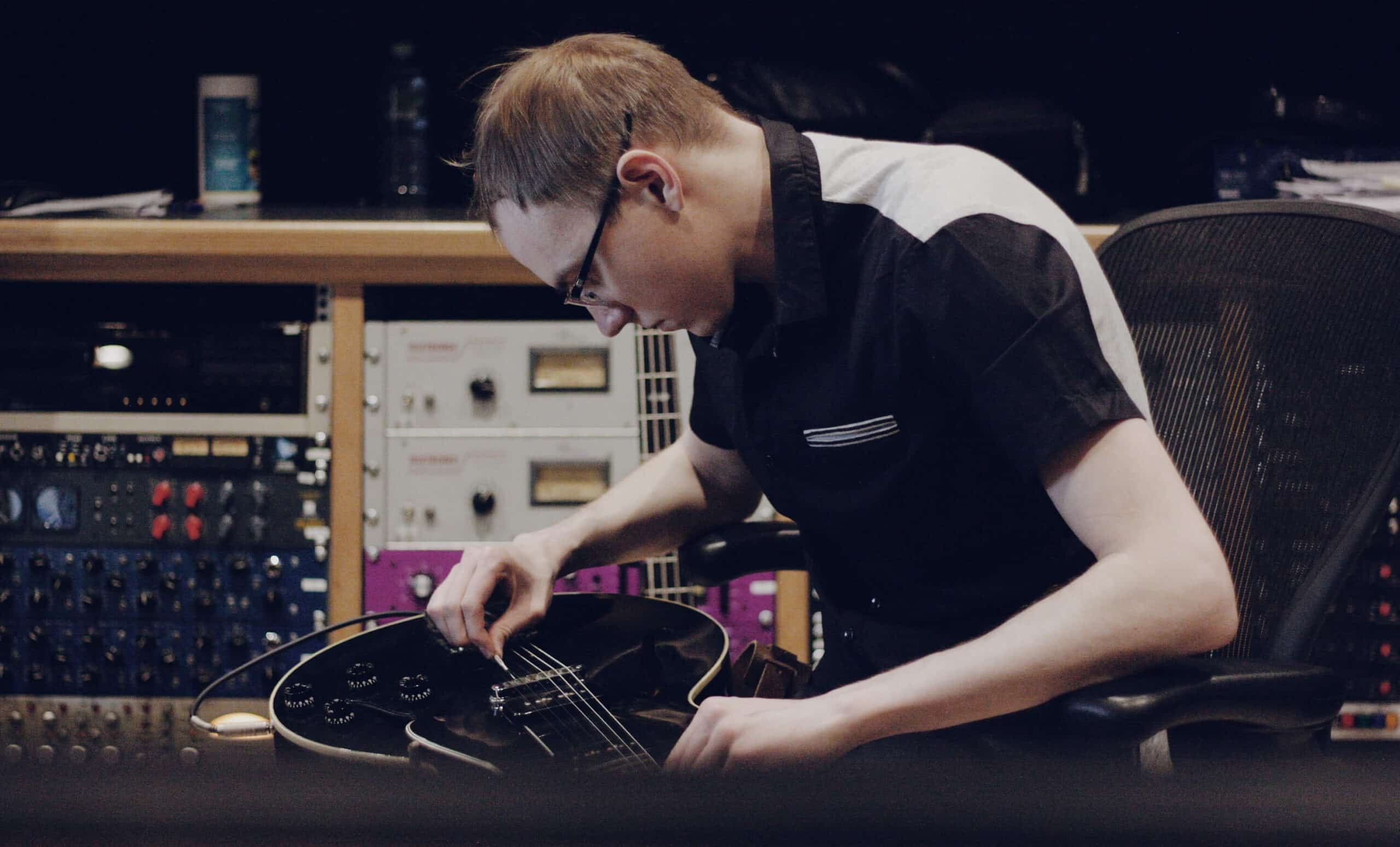
Title: Music Trends 2025: What’s Blowing Up on TikTok and…

Making music might appear to be a difficult endeavor, especially for people without any prior expertise. But everyone can learn it because it’s a simple and satisfying creative activity. For people who have no prior experience making music but nonetheless desire to produce their own tunes, we will offer a thorough guidance in this post. Providing you with the information and tools you need to successfully start your career as a music producer is our mission. So let’s learn how to become a reputable sound master and produce your first track, whether you’re a total novice or have some musical training.
The process of composing, recording, and editing music to create a finished product that is ready for distribution is known as music production. From composing and arrangement through recording, mixing, and mastering, there are several phases and duties involved.
The producer performs a crucial part in the creation of music. The producer is in charge of overseeing everything and collaborates with the artist. He might participate in each stage of the production. Additionally, the producer plays a creative part in the music’s sound and promotion.
High-quality recordings are the responsibility of the recording engineer. He arranges the recording tools, modifies settings and levels, and oversees the recording process. The engineer’s objective is to create the most precise and pristine track possible.
The mixer creates a single mix out of all the different tracks that were captured throughout the process. To produce a well-balanced sound, the engineer modifies the levels, panning, and EQ. A mix that sounds well on a range of playback platforms is the objective.
Finally, the mastering engineer takes a track that has previously been mixed and uses a variety of methods and equipment to prepare the finished music for release. The procedure involves level adjustments, compression and limiting, and frequency spectrum balancing.

You must have the proper tools and software before you can begin to create music. What you’ll need to get started is as follows:
Think about your budget and the kind of music you want to produce while selecting hardware and software. Look for solutions that are reasonably priced, simple to use, and offer the functionality you need to produce the music you want. Don’t believe you need to invest in the most costly equipment to begin started; many prosperous producers began with a minimal setup before moving up. You may build your own tracks from the comfort of your home with the correct tools and software.
Anyone who wishes to compose their own music must have a basic understanding of music theory. The basis for composing melodies, harmonies, and rhythms is knowledge. You will be able to compose music that is aesthetically beautiful and elicits an emotional reaction from listeners if you are familiar with theoretical principles.
Here are some essential ideas that are crucial to initially understand:
To make tracks, you don’t need to be an expert in music theory, but a fundamental knowledge of rhythm, melody, harmony, and arrangement will provide you a strong basis on which to develop.
One of the most thrilling phases of making music. Here, you may let your imagination soar and experiment with various sounds and textures. Here are some methods and equipment to aid in sound creation and recording:
Aiming for great quality while capturing sounds is vital. This calls for the use of quality microphones, calm recording environments, and careful equipment positioning. Effects and plug-ins can be utilized to create sounds with digital instruments or sampling while giving the beat the proper form. Effects like EQ, compression, delay, and reverb are all often utilized in music production.
It’s important to remember that recording and making sounds are essential components of music creation. You may make original and captivating tunes by playing with effects and plug-ins or mastering various recording techniques. It’s so much fun to experiment and push the envelope of what’s possible, which is why making music is.

Using the many components of your song—melody, harmony, percussion, vocals, etc.—you must arrange them into a logical framework. This entails selecting (verse, chorus, bridge, etc.), deciding on, and producing transitions between sections. It’s crucial to keep the song’s overall structure in mind when arranging a song so that it transitions seamlessly from one section to the next and captures the listener’s attention.
To get a balanced and seamless mix, you must alter the levels, panning, EQ, and other effects of each component of your song. Here, you put the track’s component sections together to make the final result. It’s critical to pay attention to the levels of each component while mixing a song to prevent overpowering one another. To provide a sense of depth and distance, panning is utilized. You may alter the tonal balance of each part with the equalizer.
The following advice will help you produce a seamless and expert-sounding arrangement and mix:
The latter steps of music creation are the finishing touches on the road to success and fame for your mix. Here are a few approaches and steps that may be used by beginners.
Here are some expert recommendations for improving your music:
In conclusion, you may make music that sounds professional from beginning by comprehending the fundamentals of music theory, selecting the appropriate tools and software, recording and producing sounds, arranging and mixing, finishing the piece, and exporting the finished output. It’s a never-ending journey of discovery and development, so don’t be hesitant to keep learning and trying new things. You may bring your musical ideas to life and share them with the world if you work hard and persistently. Start today by taking the first step toward creating your own music!

Title: Music Trends 2025: What’s Blowing Up on TikTok and…

Introduction Hey there, it’s Maxim Hetman — sound designer, mixing…

Title: Why Custom Serum Presets Beat Stock Sounds Every Time:…

So, you’ve been inspired by the insane soundscapes of Flume…
